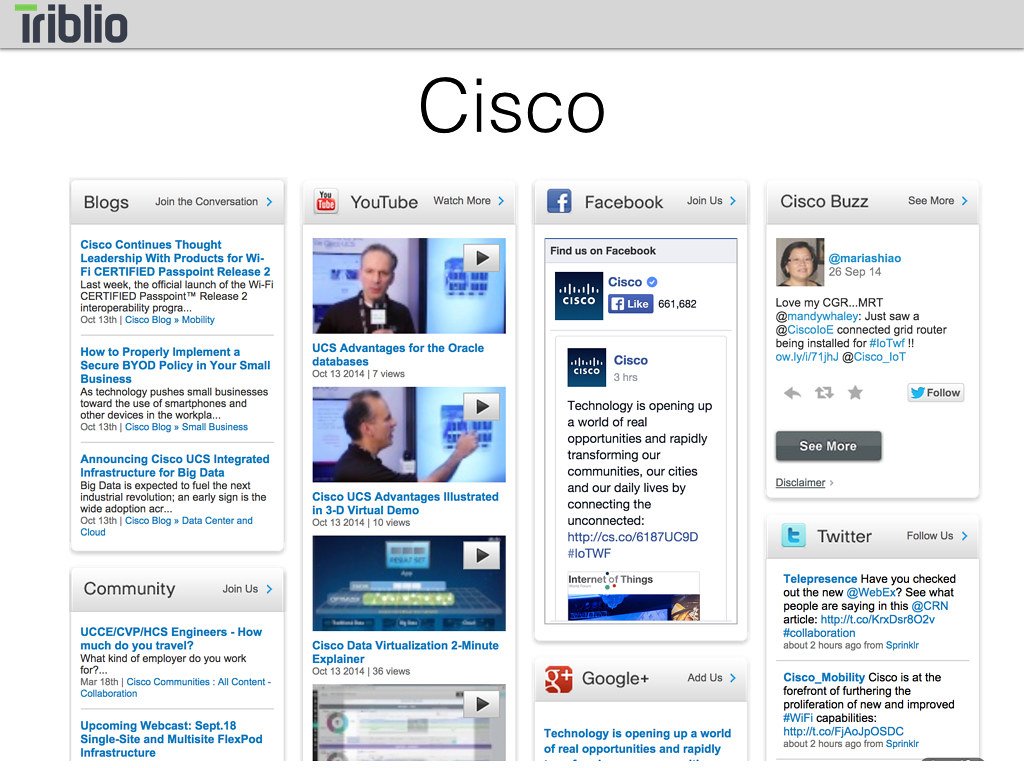The digital landscape is brimming with an overflow of information, begging for order and clarity amidst the chaotic jumble. In this age of instant gratification, users demand streamlined pathways to access the vast array of knowledge that exists online. Enter the extraordinary concept of content hubs – the epicenter of digital organization, where the power to structure website content lies. Like the conductor of a grand symphony, content hubs orchestrate the harmonious confluence of information, delivering unique and immersive experiences to users. Unleashing this power not only enhances user engagement, but also boosts website traffic and ultimately drives business growth. Join us as we embark on an exciting journey into the realm of content hubs, exploring the art and science behind structuring website content, and discovering the untapped potential waiting to be unleashed. 

In today’s digital landscape, boosting website engagement and improving SEO have become crucial for businesses looking to thrive in the online world. One effective strategy that can help achieve these goals is the concept of content hubs. A content hub is a centralized platform on your website that organizes and showcases a range of related content pieces, creating a comprehensive resource hub for your visitors.rnrnCrafting the perfect content hub structure involves several best practices and design considerations that can significantly enhance the user experience. Firstly, it is essential to categorize your content into logical and easily navigable sections, ensuring that visitors can find the information they are looking for effortlessly. Additionally, internal linking plays a crucial role in tying your content hub together. By strategically interlinking relevant articles and resources, you not only provide a seamless browsing experience but also boost the SEO value of your content hub. Lastly, optimizing the user experience (UX) through clear and intuitive design elements, such as easy-to-use search functionalities and visually appealing layouts, can further enhance the engagement and satisfaction of your website visitors.rnrnBesides improving user engagement, content hubs have the power to drive substantial traffic and conversion rates when utilized effectively. To unleash this potential, there are actionable tips that can take your content hubs to the next level. One such tip is to focus on creating high-quality and valuable content that caters to your target audience’s needs and interests. By providing exceptional content, you can establish your website as a reliable and authoritative source, driving more traffic and encouraging repeat visits. Additionally, incorporating compelling calls to action (CTAs) throughout your content hub can effectively guide visitors towards desired actions, such as signing up for a newsletter or making a purchase. Moreover, leveraging social media platforms and email marketing to promote your content hub can further expand its reach and impact. By implementing these actionable tips, you can tap into the true power of content hubs and witness the remarkable results they can deliver for your website.rn rn
rn
Q&A
Q: What are content hubs and why are they important for structuring website content?
A: Content hubs are a method of organizing website content which involves grouping related articles, blog posts, and resources together under a central topic or theme. They are important because they provide a focused and user-friendly experience for visitors, allowing them to easily access and explore information on a specific subject.
Q: How do content hubs benefit website visitors?
A: By organizing content in a hub, visitors are able to find all relevant information in one place, saving them time and effort. Content hubs also enhance user experience by enabling visitors to navigate through related articles and resources seamlessly, thus improving their overall engagement with the website.
Q: Can content hubs help improve website visibility on search engines?
A: Absolutely! Search engines value well-structured websites, and content hubs play a crucial role in enhancing the website’s visibility in search engine results. By consolidating valuable content under a single hub, websites can signal to search engines the relevance and authority of the information. This can lead to higher search rankings and increased organic traffic.
Q: How can businesses strategize to create effective content hubs?
A: To create effective content hubs, businesses should begin by identifying key topics or themes that align with their target audience’s interests. Developing a content strategy that encompasses a variety of related articles, blog posts, and resources is essential. Additionally, interlinking content within the hub and optimizing it for SEO will help to maximize its impact.
Q: Are content hubs suitable for all types of websites?
A: While content hubs are beneficial for many types of websites, their suitability may vary depending on the website’s purpose and structure. Content hubs work exceptionally well for websites with a large amount of related content, such as media publications, blogs, or educational platforms. However, smaller websites with limited content may not require a content hub and could opt for simpler organizational structures.
Q: Can content hubs be revised and updated over time?
A: Absolutely! Content hubs are not set in stone and can be revised and updated as needed. In fact, it is essential to keep content hubs fresh and relevant by regularly adding new resources, updating existing articles, and expanding on related topics. This helps to maintain user interest and ensures that the content hub remains a valuable asset for both visitors and the website owner.
Q: Are there any notable examples of successful content hubs?
A: Many websites have successfully implemented content hubs to enhance their user experience and improve their search rankings. One notable example is HubSpot’s Marketing Hub, which consolidates a vast amount of resources, articles, and tools related to marketing strategies. Another example is the Content Marketing Institute’s Content Hub, offering a comprehensive collection of articles, podcasts, and ebooks focused on content marketing.
Q: How can analytics be utilized to measure the success of content hubs?
A: Analytics can provide valuable insights into the performance of content hubs. Metrics such as the number of visitors, time spent on the hub, and click-through rates can indicate the level of user engagement. Additionally, monitoring how the hub contributes to overall website traffic, conversions, and search engine rankings can help assess its success. Analytics data can guide necessary optimizations and improvements to ensure continued success. As we conclude our exploration into the world of content hubs and the art of structuring website content, our minds are buzzing with possibilities. The power that lies within these digital fortresses is nothing short of extraordinary. The ability to seamlessly connect diverse pieces of content, engage audiences, and drive business growth is truly awe-inspiring.
Content hubs, like masterful magicians, possess the secret formula for captivating audiences and turning casual visitors into loyal disciples. The carefully orchestrated flow of information, wrapped in a captivating design, leaves visitors craving for more. It’s as if we hold the key to a hidden treasure trove, waiting to be unlocked.
The potential of content hubs extends far beyond a mere collection of web pages. It is an ecosystem in which each piece of content thrives, interconnected and interdependent. With proper structuring, we can create a symphony of words, images, and videos that dance harmoniously across our virtual realm.
But hold on, dear reader, for we must not overlook the importance of careful planning and optimization. As we venture deeper into the realm of content hubs, we must remember to heed the call of search engine gods, ensuring our content is discoverable and easily navigable. The architecture of our content hubs must be a delicate balance between creativity and structure, providing both visual delight and functional efficiency.
As website architects, it is our duty to craft digital experiences that captivate, inspire, and convert. Content hubs grant us the power to tell stories, educate, entertain, and ultimately win hearts and minds. But let us not forget the magic ingredient that binds it all together: strategy.
So, fellow content enthusiasts, let us embark on this journey armed with the knowledge and tools to unleash the power of content hubs. Let us get lost in the labyrinth of creativity and structure, as we watch our websites transform into captivating destinations, enticing visitors to explore, devour, and ultimately become advocates of our brand.
Remember, the power is within your grasp. Now, go forth and create the digital masterpieces that will reshape the way we think about websites, forever.

